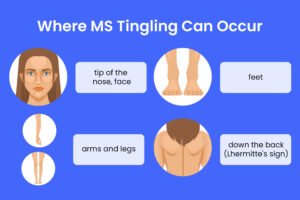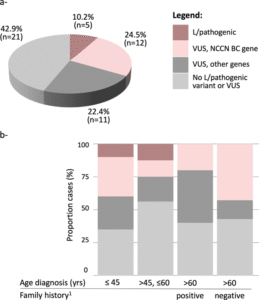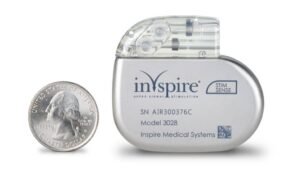Oysters and Clams Recalled Over Norovirus Risk
Here is your 100% unique and SEO-optimized version of the article, starting with H2 headings and an improved heading structure for better readability and search visibility:
Oysters and Clams Recalled Over Norovirus Contamination Risk
Estimated Read Time: 4 minutes
FDA Issues Warning on Potential Norovirus-Contaminated Shellfish
The U.S. Food and Drug Administration (FDA) has issued multiple warnings regarding oysters and Manila clams potentially contaminated with norovirus. The first advisory, released on December 16, identified seafood harvested by Rudy’s Shellfish in Washington between November 15 and December 11 as being at risk. These products were distributed across several states including Arizona, California, Florida, Massachusetts, Michigan, New York, and Washington—with the possibility of further distribution.
Additional Shellfish Recalled by S&M Shellfish Co.
Just two days later, on December 18, S&M Shellfish Co., based in San Francisco, recalled more oysters harvested in British Columbia, Canada, between December 1 and December 9. The affected oysters were sold under the brand names Fanny Bay, Buckley Bay, and Royal Miyagi and were distributed to at least 14 states.
Retailers and Consumers Urged to Take Action
Restaurants and retailers have been advised to halt sales of the affected shellfish. Consumers who may have purchased any of the recalled products should discard them immediately. You can identify the recalled oysters by checking for the following information on the product label:
-
Primary Harvester/Manufacturer: Pacific Northwest Shellfish and Union Bay Seafood
-
Certification Numbers: BC 740 SP and BC 6 SP
-
Harvest Dates: December 1, 2024 – December 9, 2024
What Is Norovirus and Why Is It Dangerous?
Often mistaken as the “stomach flu,” norovirus is not related to influenza but is a highly contagious virus responsible for many foodborne illness outbreaks, especially in colder months. Symptoms usually begin within 12 to 48 hours of exposure and include nausea, vomiting, diarrhea, and stomach cramps. Most people recover in a day or two, but severe cases can occur—especially among infants, elderly individuals, and those with weakened immune systems.
Common Norovirus Symptoms and Recovery Time
Symptoms of norovirus typically last 1 to 3 days and may include:
-
Severe vomiting
-
Watery diarrhea
-
Abdominal pain
-
Fatigue
-
Fever
For high-risk individuals, dehydration is a major concern. It’s crucial to stay hydrated and seek medical attention if symptoms are severe or prolonged.
How Norovirus Spreads and Why Shellfish Are Often to Blame
Norovirus can be transmitted through contaminated food, water, surfaces, or direct contact with infected individuals. Shellfish like oysters and clams are particularly risky because they filter large volumes of water, accumulating any viruses present in their environment—especially from sewage-contaminated waters.
Even when cooked, shellfish may still harbor norovirus if not prepared properly. Raw or undercooked oysters pose the greatest risk.
Contaminated Shellfish May Appear and Taste Normal
One of the most concerning aspects of norovirus-infected shellfish is that they often look, smell, and taste completely normal. This makes visual inspection unreliable. The FDA strongly advises against consuming any recalled shellfish and urges individuals who experience symptoms after eating oysters or clams to seek medical help immediately and report their illness to their local health department.
What You Should Do If You Recently Purchased Oysters or Clams
If you’ve bought oysters or Manila clams recently, check product packaging for the identifiers listed above. Do not taste or try to cook the shellfish to “make them safe.” Instead, discard any potentially affected items and consult a healthcare provider if symptoms occur.
Frequently Asked Questions
What Is Norovirus?
Norovirus is a contagious virus that causes gastroenteritis, often referred to as food poisoning. It spreads quickly through contaminated food, water, surfaces, and contact with infected individuals.
What Are the Symptoms of Norovirus, and How Long Do They Last?
Symptoms typically begin within 12–48 hours of exposure and include nausea, vomiting, diarrhea, and abdominal cramps. Most people recover within 1–3 days without long-term effects.
Why Is Shellfish a Common Source of Norovirus Outbreaks?
Shellfish like oysters and clams are filter feeders that absorb viruses and bacteria from contaminated water. Since they are often consumed raw or lightly cooked, they are more likely to transmit viruses like norovirus.
Expert Advice
-
Wash your hands thoroughly before preparing or eating food.
-
Avoid raw shellfish, especially if you are in a high-risk group.
-
Buy seafood only from reputable sources that follow safety protocols.
Stay Updated and Safe
Stay informed about food recalls and health advisories by subscribing to FDA updates or following trusted health sources. Preventing norovirus starts with awareness and safe food handling practices.










